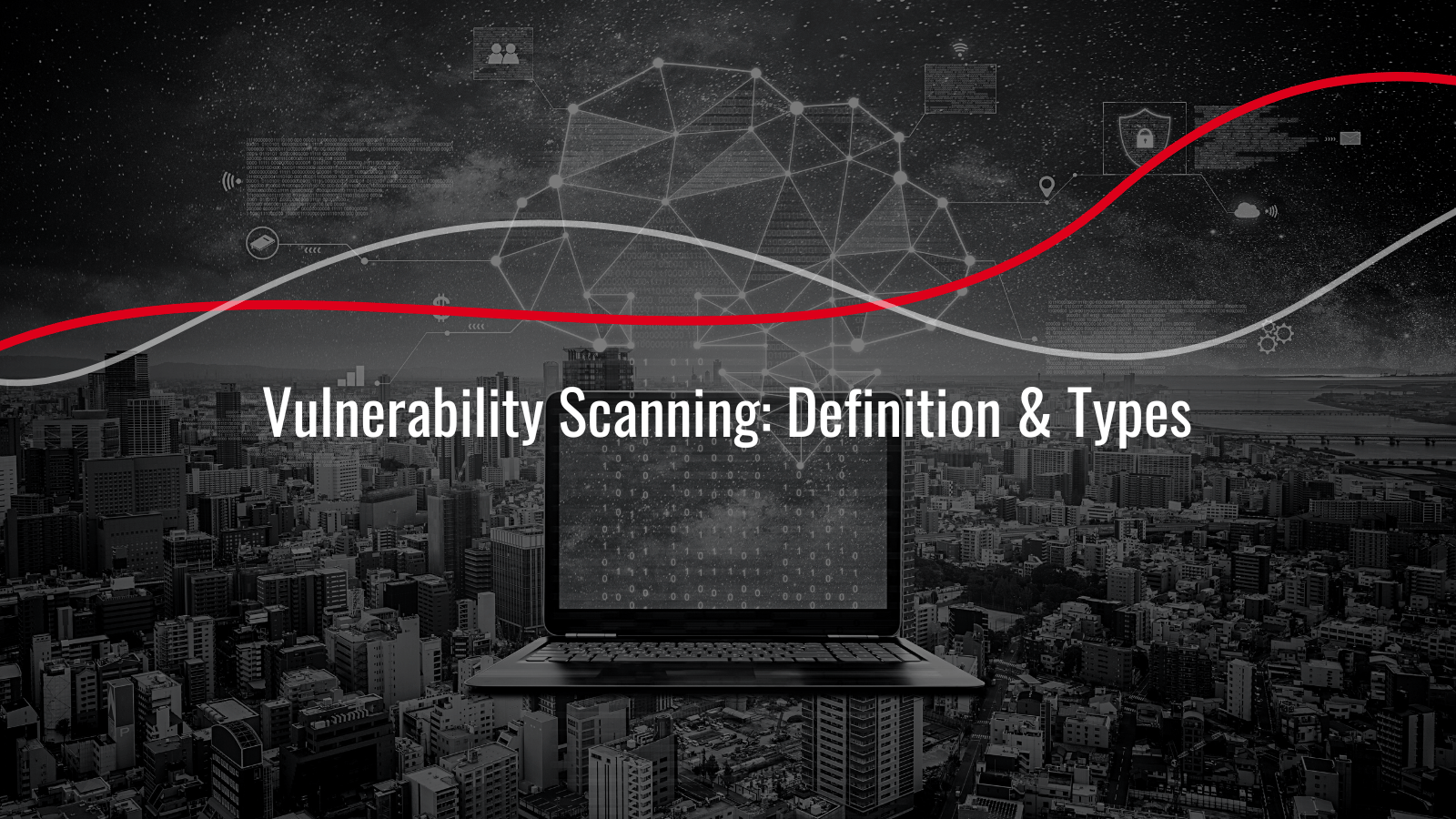Exploring the Reddit Case-Effective Mitigation Tips and More
Reddit recently fell victim to a phishing attack, with the ransomware group BlackCat (also known as ALPHV) claiming responsibility.

Scanning software solutions are one of the ways to detect cyberattacks. Both organizations and cybercriminals use vulnerability scanning to detect potential network vulnerabilities.
Recently, many companies are falling victim to cyberattacks. Vulnerability scanning provide invaluable insight into cybersecurity infrastructure vulnerabilities, enabling cybersecurity specialists to take corrective actions in advance. For those unfamiliar with vulnerability scanning, this article defines it, and introduce various cybersecurity scanning types.
Vulnerabilities in cybersecurity are flaws preventing an organization’s system from working as intended. The fault could be due to many factors, including improper configuration, inadequate access controls, invalid user input in form fields, outdated software, and unprotected network ports. Attackers exploit vulnerabilities in a system or network to obtain access to restricted resources.
According to NCSC, the British National Cybersecurity Center, vulnerability scanning is the automated process of detecting security holes in an organization’s security system. It covers various areas, such as the patch management process, Software Development Lifecycle (SDLC), and hardening procedures.
To put that in other words, vulnerability scanning is an essential part of any cyber defense strategy. It is the practice of searching for known vulnerabilities in an organization’s hardware and software instead of discovering brand-new security holes.
The procedure focuses on the entire system or a subset of it. The scan report details the identified vulnerabilities and the severity so that appropriate countermeasures and preventative measures can be implemented.
Vulnerability scanning software shall be installed on an organization’s premise and adjusted to meet its specific requirements. Databases, websites, and local ports are just a few areas the vulnerability scanning software will crawl to find the stated vulnerabilities.
When a security defect is discovered, the cybersecurity software compares its findings to a database of vulnerabilities to provide a category and severity of the problem. The software then issues a report that the IT administrator or a cybersecurity expert can use to analyze the results and decide on corrective measures to take, such as installing updates or patching susceptible regions, until security patches are available.
Vulnerability scanning is a crucial aspect of vulnerability management due to its many advantages in protecting the business from cyberattacks. Examples of its efficacy are as follows:
Companies can perform vulnerability scanning in several ways:
Since there might be internal and external causes for cyberattacks, it is important to do a vulnerability scan on both the inside and outside of the network. A company’s perimeter security can be inspected by conducting an external scan, which is performed from outside the company’s system and targets its IT infrastructure that is exposed to the internet, such as the website, network, systems, and applications that need to be accessed by external users or customers.
In contrast, an internal scan is performed from within the firm’s network to identify the weakness that could expose the organization to harm if an attacker were able to breach the network’s perimeter and gain access to sensitive data.
Unauthenticated and authenticated vulnerability scans can vary regarding the access they are granted and the depth to which they scan. Unauthorized scans gain no access and can scout the network’s perimeter for weak spots from the perspective of cybercriminals.
Using credentials (usernames and passwords), an authenticated vulnerability assessment can get access to the internal network, revealing not only the security flaws of individual devices but also the state of the company’s security from the employee's perspective.
While there are a wide variety of vulnerability scans available, the most common ones are:
Network-based scans find security holes in an organization’s network by examining every service, port, and device that could be used in an attack. However, the scan can only find vulnerabilities in the data packets; any other vulnerabilities will go undetected.
Due to the advent of wireless connections in the workplace, wireless scans are routinely performed to determine if competing wireless networks use the same radio frequency as an enterprise’s own. When an unauthorized wireless device is detected to be connected to the company’s network, its IP address must be determined and compared to the IP addresses of authorized devices to remove it from perimeter.
Databases are a cybercriminal’s most targeted assets, so the corporation should put protecting them at the top of its list of concerns. Database scans can reveal security flaws, including incorrect setups or insufficient encryption.
Due to the prevalence of apps and the frequency with which they are updated and expanded, vulnerabilities and misconfigurations in web and mobile applications must be uncovered through application scans.
The scans’ primary focus is the host, a workstation, a server, or another device on the network. Scans run on the host computer can reveal the presence of outdated software, vulnerabilities, and old security patches.
The type of a vulnerability scan required for a specific company varies according to its industry, size, and nature of its job. Humanize provides a Free Cyber Risk Assessment to help businesses identify their current cybersecurity status.
Security professionals should do a vulnerability scan as a standard policy even if there have been no recent cyber-attacks on a certain network. This precautionary measure prevents the organization from losing valuable time and resources that could otherwise be lost in a cyberattack. 